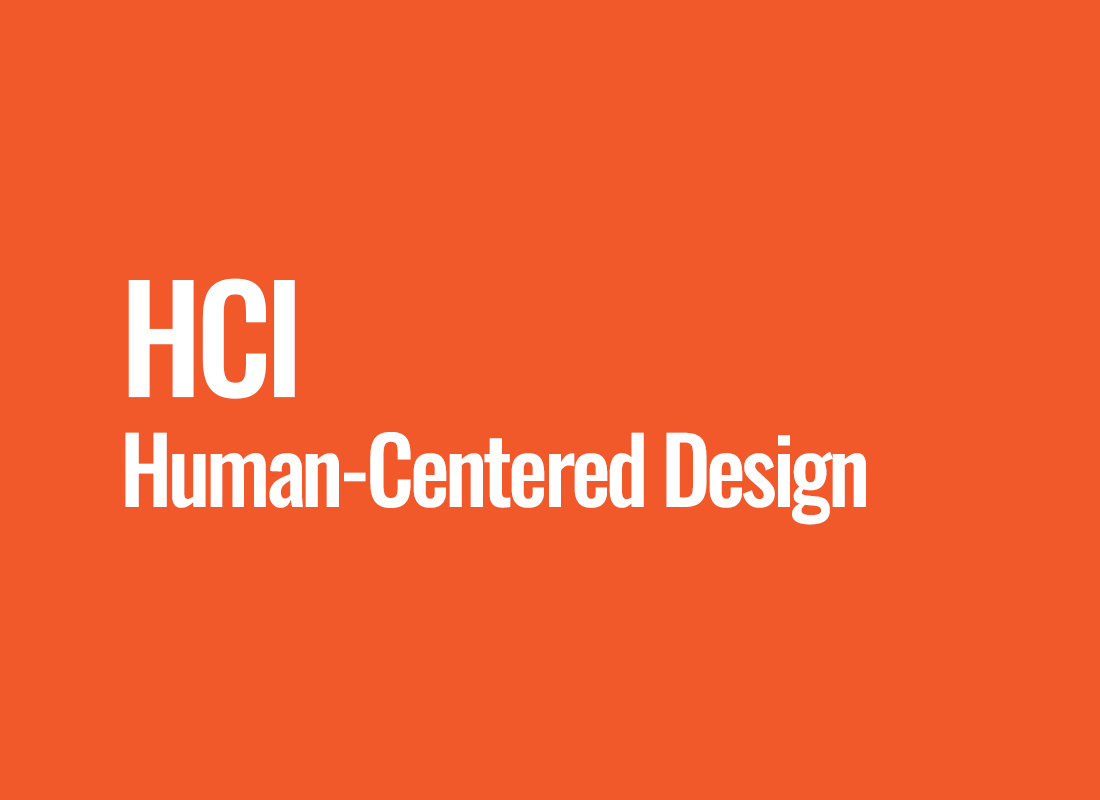HCD (Human-Centered Design)
Human-Centered Design (HCD), or Design Focused on the Human, is a design approach that places emphasis on a deep understanding of user needs, preferences, and limitations. Central to this method is empathy and engaging users at every stage of the design process, from initial research through prototype testing and implementation. HCD aims to create solutions that are intuitive, accessible, and effective, simultaneously eliminating potential barriers for users. While it is widely used in the domain of user interface design, its principles can be adapted across a broad spectrum of projects in various fields.
HCD - The Essence of Design in the 21st Century
A deep understanding of the user's needs is crucial for success in today's competitive business environment. In the digital era, where technologies and tools are evolving rapidly, it's essential to design products and services that are not only innovative but also tailored to the expectations and needs of the users.
HCD asserts that all design decisions should be made with the user in mind. This means the design process begins with a deep analysis and comprehension of the user's context rather than technological capabilities or industry trends. Through observation, interviews, workshops, and other research techniques, designers gather insights to understand the real needs, goals, and challenges faced by users.
Subsequently, armed with this knowledge, designers transition to the design phase, crafting prototypes that are then tested with actual users. This iterative process allows for continuous refinement of the design until it is fully optimized for the user's needs.
Lastly, a significant aspect of HCD is its ongoing evolution. As technology advances and user needs change, designers must be prepared to adapt, perpetually enhancing their products and services.
Examples of HCD in Practice
1. Mobile Apps for the Elderly
With seniors in mind, designers crafted intuitive mobile applications to assist in daily life - from health monitoring to online shopping. Through HCD, it was realized that older individuals need larger icons, simpler menus, and clear instructions. The result was the creation of apps that became popular among seniors, simplifying their daily digital interactions.
2. User-Optimized E-commerce Platforms
Using the HCD approach, many e-commerce platforms underwent redesigns. After user research, it was observed that many abandoned their shopping carts due to a convoluted purchasing process. In response, stores began simplifying the checkout process, introducing one-page checkouts and intuitive search functions. The outcome was elevated conversion rates and heightened customer satisfaction.
3. Corporate Management Systems
Several companies struggled with complex management systems that were burdensome for employees. By applying HCD, interfaces were developed that were intuitive and aligned with employee needs, resulting in increased productivity and job satisfaction.
The Value of HCD in Today's World
In the realm of ever-evolving technology and markets, user empathy has become paramount. HCD emphasizes that understanding the needs, expectations, and challenges of users is the key to crafting successful products and services.
One of HCD's most prominent aspects is adaptability. In a world where technology is constantly advancing, businesses must be prepared to continuously modify their products and services to cater to shifting user demands.
The HCD approach ensures that products and services are grounded in reality. Instead of relying on assumptions or market trends, HCD is steered by the actual needs and expectations of users, resulting in solutions that genuinely benefit its audience.




